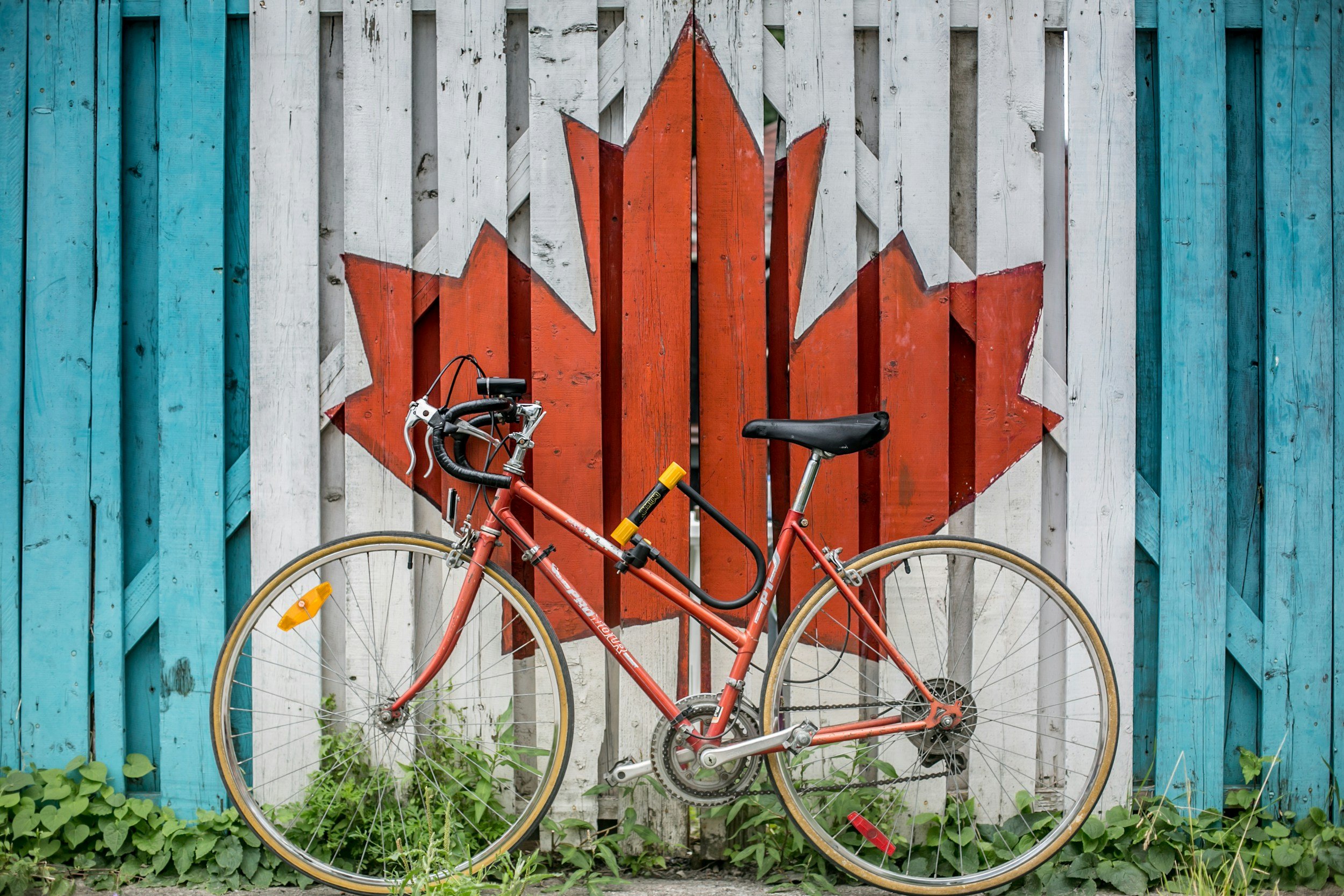Shattering the Silence: The Reality of Male Domestic Violence
When we picture a victim of domestic violence, a woman often comes to mind. And for good reason: women account for a staggering three-quarters of reported cases. Yet, behind this stark statistic lies a hidden truth: men, too, experience the devastating impact of intimate partner violence.
The Scope of Men Experiencing Domestic Violence in Canada
Experts suggest that the true ratio of male to female domestic violence victims may be closer to a 50-50 split. Societal stigma and stereotypes often prevent men from disclosing their experiences, leading to underreporting and a skewed perception of the issue.
Key statistics in male domestic violence
Official data suggests that nearly a quarter of domestic violence survivors are male. However, it's important to remember that these figures are based on reported incidents. Many cases of male domestic abuse go unreported due to societal stigma, fear of judgment, and a lack of understanding.
One in seven men aged 18 and older has experienced severe physical violence by an intimate partner.
Nearly half of all men have endured psychological aggression from a partner.
One in eighteen men has been stalked by a partner to the point of fear for their safety or the safety of loved ones.
Nearly 30% of rapes committed by acquaintances are perpetrated by intimate partners.
Approximately 24% of domestic violence survivors are male.
These statistics paint a sobering picture of the prevalence of male domestic abuse.
Barriers to Seeking Help
While the issue of violence against women rightfully receives widespread attention, the experiences of male victims often remain shrouded in silence. Despite facing similar challenges, such as difficulty accessing support services and navigating the legal system, male survivors frequently struggle to find the understanding and assistance they need. Several factors contribute to the underreporting of male domestic abuse:
Societal stigma
Traditional gender roles and societal expectations often discourage men from acknowledging or disclosing their experiences of abuse.
Fear of disbelief
Male victims may fear being dismissed or ridiculed, leading them to remain silent.
Lack of specialized services
Many shelters and support services are designed primarily for female victims, leaving male survivors with limited options. While there are nearly 600 shelters across Canada for victims of domestic abuse and intimate partner violence, a mere 4% of them cater specifically to male survivors. A staggering 68% of these shelters are mandated to serve women and children, with an additional 11% exclusively serving women.
Law enforcement bias
In some cases, law enforcement may be less likely to take male victims' reports seriously or to intervene effectively.
Impacts of Underreporting
The underreporting of male domestic abuse has far-reaching implications. Limited data on male victims hinders accurate assessment of the issue's scope and the development of targeted interventions. This lack of data also contributes to insufficient support services for male victims, limiting their access to help and hindering their recovery. Furthermore, underreporting reinforces harmful stereotypes about masculinity and victimhood, perpetuating the stigma surrounding male victims of domestic abuse.
A Path Forward: Recommendations for Change
To address the complex issue of male domestic abuse, a multifaceted approach is necessary. Key recommendations include:
Promoting Awareness and Education
Expand awareness campaigns
Broaden public awareness campaigns to include male victims of domestic abuse, challenging gender stereotypes and encouraging open dialogue.
Implement Comprehensive Education Programs
Incorporate education on healthy relationships and consent into school curricula at all levels.
Train healthcare providers
Equip healthcare professionals to recognize signs of abuse in male patients and provide appropriate support and referrals.
Strengthening the Justice System
Improve law enforcement training
Enhance training programs for law enforcement to ensure they are equipped to handle cases of male domestic abuse sensitively and effectively.
Develop gender-Inclusive policies
Implement policies and procedures that address the specific needs of male victims, including access to protective orders and legal aid.
Challenge bias and stereotypes
Promote a culture of belief within the justice system, ensuring that male victims are taken seriously and their experiences validated.
Enhancing Support Services
Expand shelter capacity
Increase the number of shelters that are equipped to provide safe and supportive services for male victims.
Create gender-Inclusive services
Design support services that are inclusive of all genders and sexual orientations, addressing the unique needs of male survivors.
Provide trauma-informed care
Ensure that support services are trauma-informed and offer counseling, therapy, and other essential resources.
















